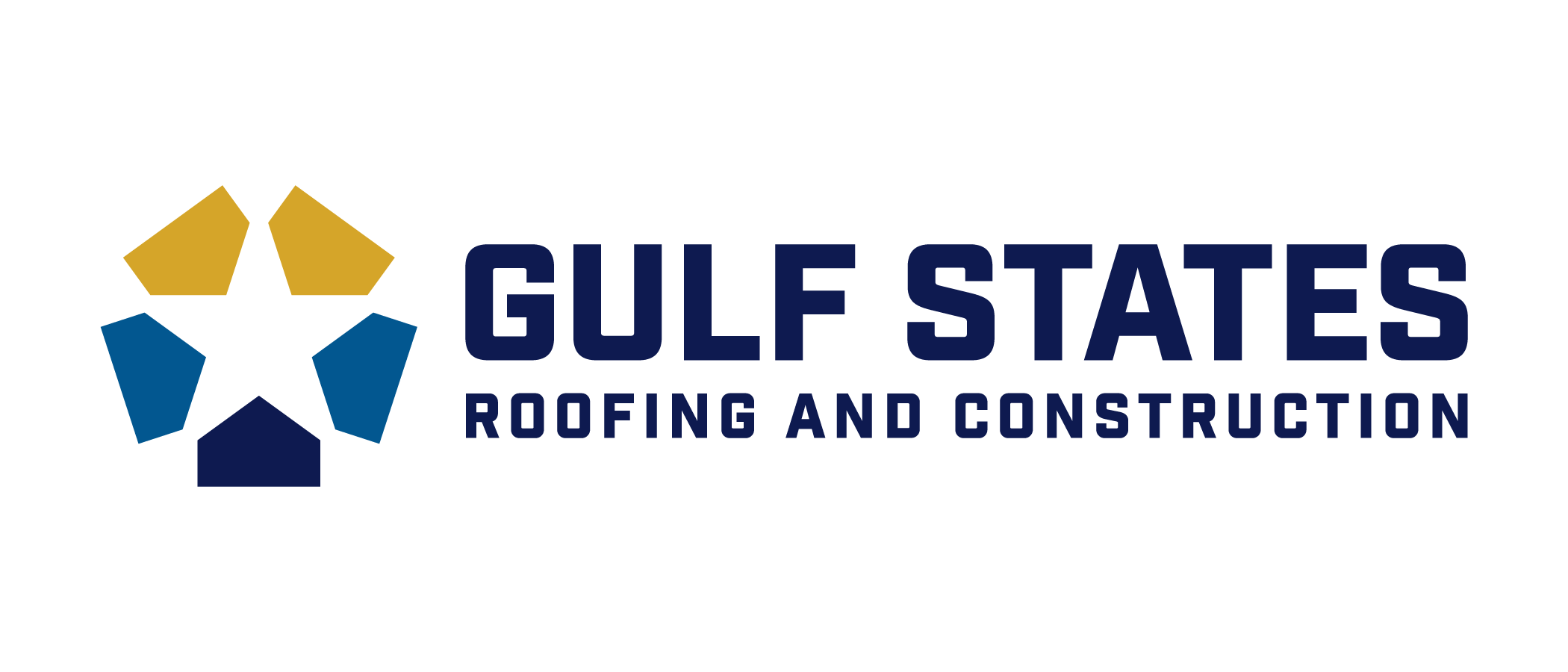STORM AND DISASTER REPAIR
Dealing with storm damage to your roof is stressful. We’re here to manage your roof repair at every step of the way.
Residential Construction
From remodels to large development projects, we’ve done thousands of residential roofs in our 50+ years of construction.
Commercial Construction
Protecting your commercial property should be a top priority. Let Gulf States Roofing and Construction take care of your roof.
residential Construction
From remodels to large development projects, we’ve done thousands of residential roofs in our 50+ years of construction.
Storm and Disaster Repair
Dealing with storm damage to your roof is stressful. We’re here to manage your roof repair at every step of the way.
Commercial Construction
Protecting your commercial property should be a top priority. Let Gulf States Roofing and Construction take care of your roof.
Who We Are
Gulf States Roofing and Construction/TLW, Inc. stands as a symbol of unmatched expertise in residential and commercial construction and roofing, proudly serving Alabama, Florida, Georgia, Louisiana, Mississippi, Oklahoma, and Texas. Our devotion to superior service, robust financing options, and local community ensures homeowners and businesses enjoy lasting roofing solutions. With profound industry experience, our team excels in varied roofing types: metal, shingle, tile, and flat systems. Choose us, and rest assured with a roof that stands the test of time.
Schedule AN Inspection

